Calls to pardon and release Kathleen Folbigg, ‘Australia’s worst female serial killer’
Kathleen Folbigg was convicted in 2003 of killing her four children. Now, scientists believe she was innocent all along. Will she be freed?

What happened this week is unique in the annals of Australian criminal history: a petition endorsed by 90 top scientists, medical practitioners and science advocates — among them, two Nobel laureates — was handed to the NSW Governor, calling for the pardon and immediate release of a woman convicted of killing all four of her children.
That woman is Kathleen Folbigg, variously described at the time of her convictions in 2003 as “Australia’s worst female serial killer”, “The most hated woman in Australia”, and worse. Emotions run high when a mother is found by a jury to have murdered her children in cold blood.
Uniquely in this case, it isn’t just Kathleen’s legal team, friends and supporters who want her convictions to be overturned. So too does an impressive array of medical and scientific experts. And some of their comments have been blunt.
“Given the scientific and medical evidence that now exists in this case, signing this petition was the right thing to do,” president of the Australian Academy of Science Professor John Shine told the Australian.
“Expert advice should always be heard and listened to. It will always trump presumption,” Australia’s former chief scientist Professor Ian Chubb, said pointedly.
“The science in this particular case is compelling and cannot be ignored,” said human geneticist and researcher Professor Jozef Gecz.
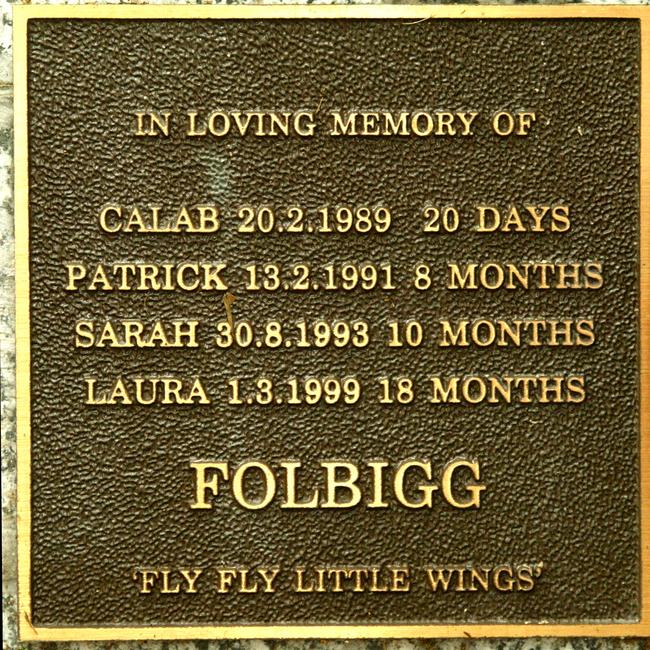
The petition, whose signatories include several Fellows of the Australian Academy of Science, highlights a troubling gulf in this case between science and the law; between those pre-eminent medical and scientific experts whose considered, expert opinion is that Kathleen Folbigg’s children died from identified natural causes, and those lawyers and judges who have pointedly rejected those views, relying instead on questionable coincidence evidence and their own subjective interpretation of the ambiguous diary ramblings of an anguished, grief-stricken woman, to condemn her as a murderer.
Science v the judiciary
In the years leading up to Folbigg’s trial in 2003, the prevailing wisdom — in the words of the discredited British paediatrician Sir Roy Meadow — was: “One sudden infant death is a tragedy, two is suspicious and three is murder, until proved otherwise.”
Folbigg had lost four of her own, and so it was easy to argue that she must have killed them.
The case against her was circumstantial. No forensic evidence existed to demonstrate that she had smothered any of her children — let alone all four. Instead, the jury was told that ambiguous entries in her private diaries amounted to confessions of guilt, and much was made of the fact that she had been the one to raise the alarm after finding, in turn, each of her children deceased.
In his closing address to the jury Mark Tedeschi QC, the trial prosecutor, disputed the suggestion that all four children had died from natural causes.
“I can’t disprove any of that,” he said with a rhetorical flourish, “but one day some piglets might be born from a sow, and the piglets might come out of the sow with wings on their back, and the next morning Farmer Joe might look out a kitchen window and see these piglets flying out of his farm. I can’t disprove that either.”
David Balding, Professor of Statistical Genetics at Melbourne University, regards Mr Tedeschi’s use of the pig analogy as “incredibly unprofessional”, and “pretty disgraceful”.
He said: “I think that’s not a proper way for the state, the prosecution that represents the government and their people in principle, to behave.”
And, Professor Balding points out, if cases of families with multiple children dying from natural causes are statistically rare, cases of mothers murdering their children, one after another, are also extremely rare.
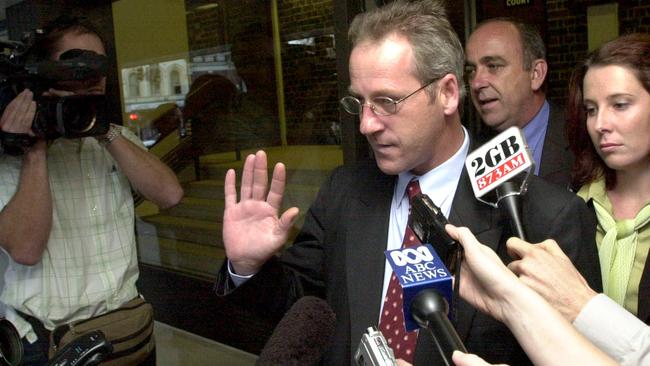
The case re-examined
In 2015 the Melbourne based forensic pathologist Professor Stephen Cordner re-examined the evidence, concluding that: “There is no positive forensic pathology support for the contention that any or all of these children have been killed.” Professor Cordner said it was surprising that in five alleged smothering events “there are no signs of smothering”.
His report, commissioned for an earlier petition on Folbigg’s behalf, presented an uncomfortable challenge to NSW Health. They asked Professor Johan Duflou, then clinical director of the Department of Forensic Medicine, to provide an urgent briefing note on the Cordner report. Professor Duflou called for a full-scale review of the case, but this didn’t happen.
“To my knowledge, my strong recommendation … that all four autopsies be reviewed in detail was not acted on,” he would later say.
While the Cordner report elicited no action, former attorney-general Gabrielle Upton and her successor, Mark Speakman, remained silent until in 2018, Nicholas Cowdery, the NSW Director of Public Prosecutions who had sanctioned the prosecution of Folbigg, told the ABC that in his view, there had been an “inordinate delay” in dealing with the matter.
A third forensic pathologist, Matthew Orde, Clinical Associate Professor at the University of British Columbia, told the ABC’s Australian Story that, “Fundamentally, I’m in agreement with Professor Cordner, in that all four of these child deaths could be explained by natural causes.”
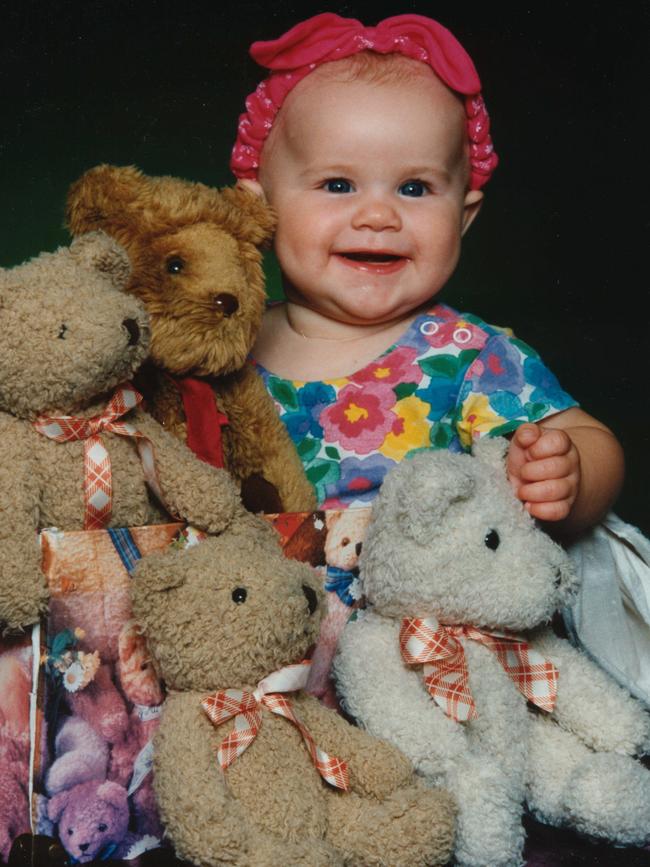

Laura Folbigg
By this time there was clear evidence that Folbigg’s fourth child Laura had died from natural causes. At autopsy following her death in 1999, she was found to have myocarditis — an inflammation of the heart muscle which can be fatal.
Dr Allan Cala, the NSW pathologist who carried out the autopsy, recorded the cause of death as “undetermined”, in light of the previous deaths of her three siblings. He judged the myocarditis to be “patchy” and not life-threatening.
Professor Cordner, by contrast, found Laura’s death “has been caused unexceptionally by myocarditis”. When Dr Orde re-examined the slides of Laura’s heart muscle in 2018, he concluded that: “This is an eminently fatal case of myocarditis. Of course,” he added, “we can’t say for sure that this would have been the cause of death in Laura’s case. All I can say is I think this provides a very good explanation for her untimely death.”
Finally, in August 2018, Mr Speakman ordered an inquiry into Folbigg’s convictions, to be headed by former District Court Chief Judge Reginald Blanch.
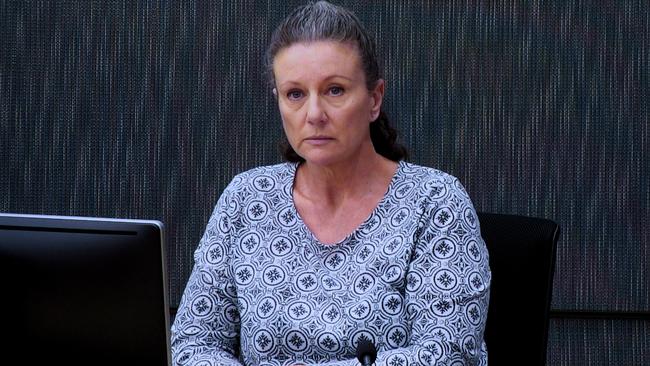
The 2019 Inquiry
As the inquiry hearings unfolded, Dr Cala, who had helped to trigger the homicide investigation following Laura’s death in 1999, acknowledged that: “With Laura, there’s undoubtedly myocarditis and I’ve said I can’t exclude that as being the cause of death.” Professors Cordner, Duflou and John Hilton, who had conducted the autopsy on Sarah, all indicated that they would have recorded Laura’s myocarditis as the cause of death in her case.
But the inquiry was not just a reconsideration of old evidence. Late in the day, fresh genetic evidence was presented, suggesting that a novel, hitherto undiscovered genetic mutation known as CALM2 G114R had played a part in the deaths of Folbigg’s two daughters, Sarah and Laura.
Carola Vinuesa, Professor of Immunology and Genomic Medicine at the ANU, and a driving force behind this week’s petition, said: “From a technical perspective it was an incredible achievement. The Victorian Clinical Genetics Service sequenced entire genomes from neonatal heel-prick blood cards that were over 20 years old. We performed bioinformatic analysis of the approximately three billion base pairs of DNA for each subject.
“Unfortunately, the analysis was hindered by the fact that Craig Folbigg, the children’s father, declined to provide his DNA. I assumed the inquiry would compel Craig to provide a saliva sample, as we requested, but it declined to make such an order.
“Despite this disadvantage, we found a novel, never-before reported, mutation in Sarah and Laura that had been inherited from Kathleen. The variant was in a gene called CALM2 (that encodes for calmodulin). Calmodulin variants can cause sudden cardiac death.”
Professor Vinuesa’s conclusions were backed by Professor Peter Schwartz, a cardiologist and world-leading authority in genetic causes of cardiac arrhythmias and sudden unexpected death.
Professor Schwartz reviewed the clinical and genetic information of the Folbigg family and wrote to the inquiry, indicating the CALM2 variant was the likely cause of Sarah and Laura’s deaths. He asked Justice Blanch to reopen the inquiry, but his request was refused. The views of other genetic experts called to give evidence to the inquiry were preferred over those of Professor Schwartz, Professor Vinuesa and her colleagues.

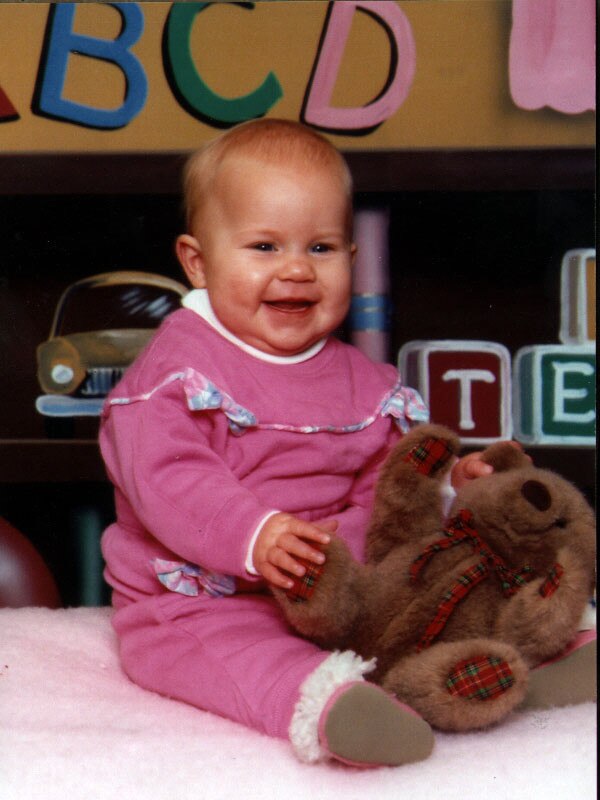
The Europace paper
Last year, following the conclusion of the inquiry, Professor Michael Toft Overgaard from Denmark, in collaboration with calmodulin experts from the US and Canada, performed a series of experiments on the CALM2 variant. The 27 international authors of the resulting paper had their findings peer-reviewed and published in the highly regarded Oxford journal, Europace, concluding that the calmodulin variant likely precipitated the deaths of the girls. The authors indicated Laura’s myocarditis may have been the event which triggered a lethal cardiac arrhythmia of the type known to be caused by calmodulin variants.
Professor Vinuesa and her colleagues also found that Folbigg’s boys, Caleb and Patrick, had “biallelic rare missense variants in a gene, that when defective, causes early-onset lethal epilepsy in mice”. These variants, she acknowledges, “require further investigation, but their existence highlights the fact that a single unifying cause is not required to explain the deaths of the four children. There are countless papers with cases of similar or overlapping phenotypes occurring in a single family but arising from different genetic aetiologies.”
Professor Vinuesa expected these discoveries, and any disagreements between her team and the team acting for the inquiry, to be taken seriously. She said that in the lead-up to the 2019 inquiry: “I was expecting the points of disagreement between the two genetics teams to have been referred to domain experts. But there were no domain experts invited to the hearings. There was not a single expert in the genetics of cardiac arrhythmias. And there were no calmodulin experts in the room.”
The diaries
Folbigg volunteered to appear at the inquiry to explain what she meant by the private entries in her diaries. Over nearly two days, sometimes weeping under the stress, she was challenged repeatedly and insistently — around 70 times in all — by three different barristers, to admit that she had killed her children. She would not do so.
“Those diaries are written from a point of me always blaming myself,” she explained a year earlier. “I blamed myself for everything. I took so much of the responsibility, because that’s, as mothers, what you do.”
Despite her repeated denials of ever having harmed her children, Justice Blanch concluded that the evidence he had heard, including from Folbigg, “reinforces her guilt”.
This week’s petition argues that “he made these findings based on his interpretation of Ms Folbigg’s journal entries.” The petitioners also claim the inquiry’s findings run “counter to the scientific and medical evidence that now exists”.
The petition argues that: “based on evidence presented to the inquiry and the fresh scientific evidence obtained by the international group of experts that studied the CALM2 mutation, a reasonable person should have doubt about Ms Folbigg killing her four children. Deciding otherwise rejects medical science and the law that sets the standard of proof.”
What happens next
Folbigg is currently serving her sentence in Clarence Correctional Facility, near Grafton, NSW, where she was recently attacked by another inmate.
The petition to the NSW Governor said: “Ms Folbigg has suffered and continues to suffer emotional and psychological trauma and physical abuse in custody.”
Among the petition’s signatories is Professor George Fink from the Florey Institute, who said this week that he strongly supports the petition to pardon and release Folbigg. “There is absolutely no forensic evidence that she murdered her four children. There is robust evidence that the death of her children was due to one or more genetic mutations.”
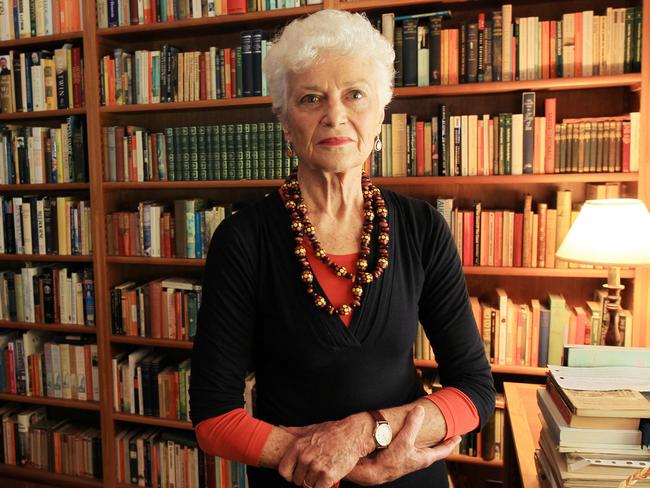
Another signatory, child and public health researcher Professor Fiona Stanley, says: “It is deeply concerning that medical and scientific evidence has been ignored in preference of circumstantial evidence. We now have an alternative explanation for the death of the Folbigg children.”
Australian of the Year Professor Ian Frazer is also among the signatories calling for recognition that the genetic discoveries raise the real possibility that the woman in Clarence Correctional Facility is innocent.
Dr Matthew Orde’s Twitter page carries a quote from Voltaire: “To the living we owe respect; to the dead we owe only the truth.”


To join the conversation, please log in. Don't have an account? Register
Join the conversation, you are commenting as Logout